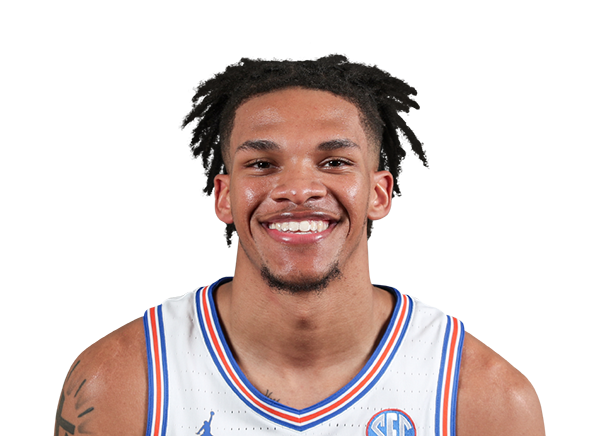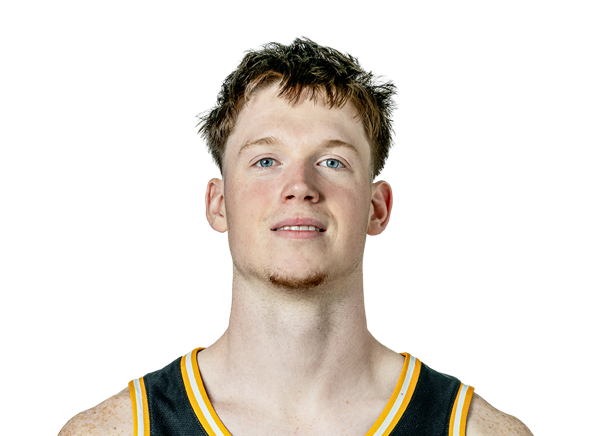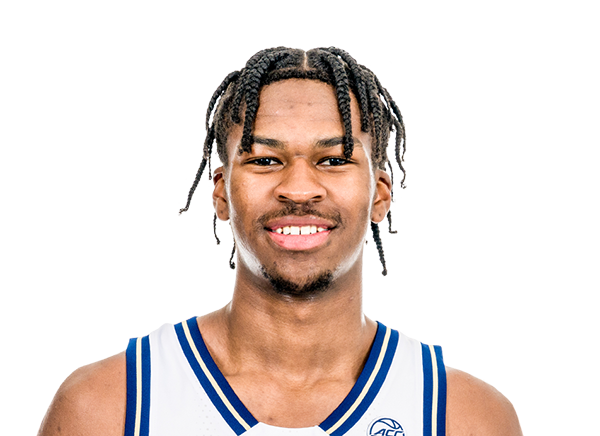Full Analysis
Offense
Dink Pate presents as a theoretical: a big, ball-handling wing with open-court athleticism and budding scoring instincts, but that idea hasn’t yet materialized into production. In his second G League season, Pate showed marginal improvement from year one, but he remains a long-term project who is far from ready to contribute to an NBA rotation.
The bright spots in Pate’s offensive profile start and end in transition. His blend of height, length, and fluidity allows him to finish plays when he gets downhill early in the clock. He averaged 1.19 points per possession in transition, showing solid speed and straight-line power when he can operate in open space. He also flashes verticality with the occasional lob or putback dunk, showcasing the kind of athletic tools that make scouts continue to circle his name.
However, in the half-court, Pate struggles mightily. His poor rim finishing (34.5% on half-court layups) stems from multiple issues: he lacks touch, avoids his left hand, doesn’t absorb contact well, and forces low-quality shots against length. Though he attacks closeouts occasionally, he rarely generates quality paint touches or separation off the dribble. His handle is loose, his footwork unrefined, and his playmaking reads are one-dimensional. His 0.56 assist-to-turnover ratio this season (36 AST / 64 TOV across two years) reflects an inability to operate as a lead creator, despite that being the initial “big guard” vision Ignite had for him.
As a shooter, the returns are mixed. The mechanical foundation is shaky, with a high-motion, twist-heavy jumper with inconsistent lift, yet his catch-and-shoot results this year (37.5% on spot-ups) are a bright spot. He’s clearly more comfortable as a rhythm shooter when his feet are set. But movement shooting is nonexistent, and his pull-up numbers (31.6% off-the-dribble in the half-court) are still well below the draftable threshold. Without a threatening jumper off the bounce or any kind of paint gravity, Pate struggles to create any real offensive advantage.
There’s also a lack of offensive synergy with teammates. His isolations feel disconnected from team flow, and he can disappear for long stretches. Despite flashes of scoring ability, there’s no clear offensive identity yet, and certainly no consistency.
Defense
Pate’s defensive projection mirrors his offensive one: all tools, minimal application. With a near 6'10" wingspan, 6' 6" frame, and above-average vertical pop, he should theoretically be a switchable, multi-positional defender. But his habits, awareness, and impact are severely underdeveloped.
On-ball, Pate routinely gives up straight-line drives. His footwork is upright and slow-reacting, and he rarely shows second-effort competitiveness. He often plays defense with his hands low and gets caught upright, allowing guards to create space easily. Closeouts are delayed and often passive, and his reaction time defending screens is slow, he’s easily screened out of plays without providing real resistance.
Off-ball, things are even more concerning. Pate gets lost on rotations, misses switches, and requires constant direction from teammates to identify his assignment. Given that this is his second G League season, the lack of defensive growth is worrisome. The tools to be a wing stopper are present, but the production (1.0 stock per game across two years) and the film suggest little defensive discipline or anticipation.
His rebounding and help defense are similarly uninspired. He rarely crashes aggressively and tends to drift out of position, failing to leverage his frame to box out or contest from the weak side. At this stage, he does not provide switchability, rim protection, or on-ball reliability.
Looking Ahead
Dink Pate’s evaluation requires a leap of faith. He is among the youngest players in the 2025 NBA Draft class and has legitimate NBA physical traits: positional size, wingspan, and some fluidity as a slasher. But after two years in the G League, he has yet to show polish in any phase of the game, particularly in the half-court or on defense. His handle, shooting mechanics, decision-making, and awareness all remain works in progress.
While some prospects flash enough tools to justify betting on upside, Pate’s current output is not only raw but deeply unrefined. He doesn’t leverage his strengths to make an impact, and his role at the next level remains highly speculative. Without meaningful strides in skill development and feel, Pate risks falling into the long list of “looks the part” wings who don’t stick.
If he declares for the 2025 draft, he is a longshot second-round pick whose best path may be through a two-way contract and dedicated G League development. However, returning to a more structured pro environment, such as Australia’s NBL or a developmental-heavy European league, may offer him a better platform to mature physically, refine his skills, and rebuild his stock for the 2026 draft.



